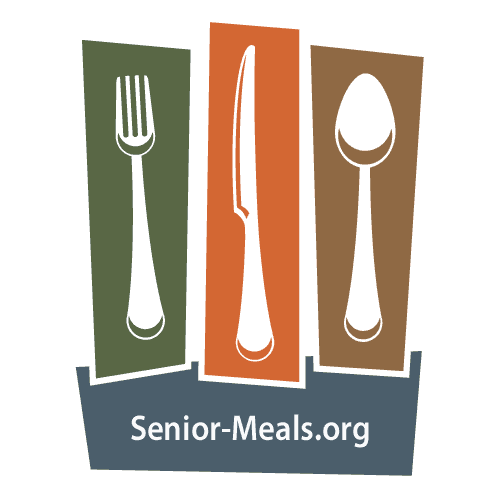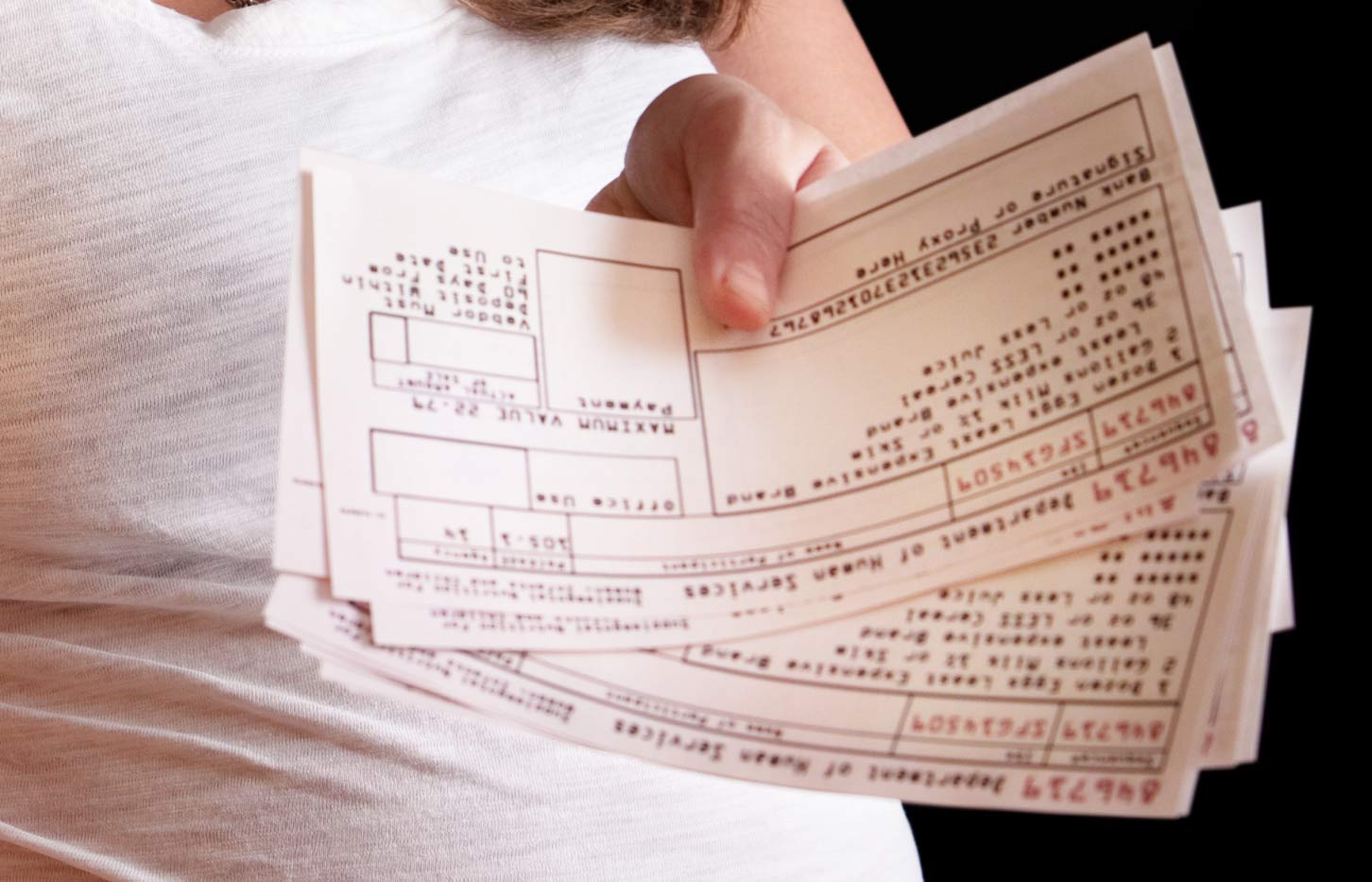Food Stamps for Seniors and the Elderly
How Food Stamp Programs Work
Many seniors are finding it hard to make ends meet every month. After paying rent, transport, utilities and other expenses, there is often little money left to buy healthy nutritious food. However is does not have to be that way for our veteran citizens. Each month, thousands of elderly citizens, and other unprivileged folk look to the Health and Human Services Commission (HHSC) or the department of children and families (DCF) to receive food stamps for seniors from the Supplemental Nutrition Assistance Program (SNAP) and help feed themselves and their families. Read on to learn how to qualify for the nationwide program.
SNAP is a Federal government funded program that helps senior citizens, the elderly, and low income families to get access to healthy, nutritious foods from selected local stores. SNAP is available to eligible elderly people, single adults and families. Applicants must be American citizens residing in the state, and they must apply in their respective counties.
What is the Supplemental Nutrition Assistance Program? SNAP
SNAP, formerly called the Food Stamp Program is the country’s most important hunger alleviation program. In 2013, the program helped over 47 million less privileged Americans gain access to nutritious food in a single month.
More than a quarter of the program’s participants are senior and elderly citizens, 70 percent are families with children, and the rest are the disabled.
SNAP, which comes second to unemployment insurance, is the most responsive government program that provides additional support to citizens in times of economic downturn. It also offers much needed nutritional support for low-income elderly individuals, people with disabilities and low income families.
The government pays for the whole SNAP program, and splits the administrative costs among individual states which facilitate the program.
Eligibility for SNAP
Unlike other federally funded benefit programs, which are limited to a selected group of low-income people, SNAP is broad, and is available to almost every household with low-income. The eligibility rules for the SNAP program are for the most part put at federal level, and do not differ much across different states.
However there are certain states with the flexibility of tailoring different aspects of the program, like the value of vehicle a household can own before qualifying for benefits. According to federal regulations, to gain eligibility for the program, every household must satisfy three conditions (although certain states may adjust the criteria):
- The gross monthly income must be equal to or fall under 130 percent of the national poverty line, about $25,400 a year or $2,116 a month for a household of three for 2014. The elderly or disabled are not required to meet this limit to receive food stamps for seniors.
- Monthly net income, applied for specific items like childcare and housing cost, must be equal or fall below the poverty line of $19,600 a year, or $1,626 a month for a household of three for the year 2014.
- The assets for each household must fall below certain amounts: households without the disabled or elderly must not own assets above the value of $2,000, and those with disabled or elderly family members must not own assets above the value $3,250.
Certain groups of people may not be eligible for the SNAP program regardless how small their assets and income may be. These include college students, strikers, illegal and undocumented immigrants. In many states, most unemployed adults without children are only restricted to three months of SNAP benefits, unless they work at least 20 hours a week, are taking part in job training programs or participating in a workfare program. Certain states may put temporary waivers for these time limits in areas experiencing high levels of unemployment.
At the moment, much of America qualifies for waivers, but with the economy beginning to recover, more states will become ineligible for waivers, and more people will return to the time limit. For states to receive temporary waivers, they are required to submit unemployment data to the Labor Department within their state to demonstrate the apparent unemployment levels.
How Can People Apply for SNAP?
Every state enacts its own application process, alongside federal regulations. In many states, most applicants apply personally at the welfare office, although they still can fax or mail their applications, and most if not all states cater for online applications. Applicants will be required to attend an eligibility interview, which is normally one-on-one, but can be conducted over the phone. During the application interview, applicants must document several aspects of their suitability, and include their residency, identity, household composition, income, immigration status, and deductibles.
If a household becomes eligible, it will be given an electronic benefit transfer card (EBT), which contains benefits for a month. Beneficiaries will be able to purchase good in any of the 246,000 selected stores that participate in the program. Over 80 percent of SNAP benefits are used at superstores and supermarkets, and the benefits do not extend to buying alcohol, vitamin supplements, cigarettes, household supplies, and hot or non-nutrient bearing foods.
Beneficiaries are mandated to report to the welfare office if their income increases radically. They are also required to reapply for SNAP every 6-12 months for families and every 12-24 for the elderly and those with disabilities.
How Much Does SNAP Cost?
In 2013 alone, the U.S. government spent $83 billion on SNAP benefits. 92 percent of those funds went into households, and were used to buy food. 5 percent was used to cover administrative costs such eligibility determination, employment training, anti-fraud activities, and educating families on nutritious foods.
The remaining 3 percent went into other food assistance programs like commodity purchases for emergency food reserves, and the block grant for food in American Samoa and Puerto Rico.
How Efficient and Effective is SNAP?
SNAP as well as other food supplement programs have reduced the effects of hunger in America. Before the federal government introduced such programs in 1960s, hunger and malnutrition was rife in low-income households. Such conditions are now rare.
To enhance efficiency, SNAP uses one of the most meticulous quality control procedures for any public benefiting program. It has very low error rates, and less than 3 percent of SNAP benefits go to people who do not meet eligibility requirements.
Additional References





